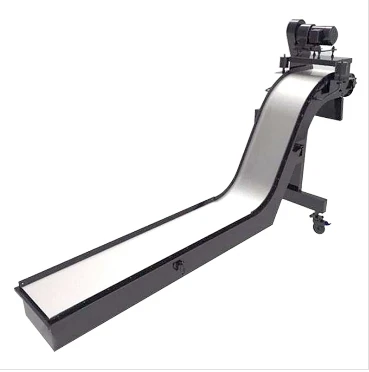drag chain use
Understanding Drag Chains and Their Uses in Various Industries
Drag chains, also known as cable carriers or energy chains, are essential components in modern machinery and automation systems. These versatile devices play a crucial role in guiding and protecting cables, hoses, and other moving components in dynamic applications. With their ability to enhance operational efficiency and safeguard valuable equipment, drag chains have become indispensable in various industries.
What Are Drag Chains?
Drag chains are structural frameworks designed to hold and organize cables and hoses. They consist of interconnected links that create a flexible conduit, allowing them to bend and flex while resisting abrasion and wear. Unlike conventional methods of managing cables—such as bundling or clamping—drag chains provide a designated pathway, minimizing the risk of tangling, kinking, or damage to the cables.
Applications of Drag Chains
1. Manufacturing One of the most significant use cases for drag chains is in manufacturing environments. Automated machinery, robotic arms, and conveyor systems often require the movement of power cables, sensors, and pneumatic hoses. Drag chains protect these components from mechanical wear as they move with the equipment, ensuring continual operation without interruptions.
2. Aerospace In aerospace applications, where precision is paramount, drag chains ensure that sensitive wiring and fuel lines are securely guided without compromising functionality. The high-stakes nature of aerospace engineering necessitates reliable components that can withstand extreme conditions, and drag chains are engineered to meet these demands.
3. Automotive The automotive industry utilizes drag chains in assembly lines and robotic welding stations. These applications require a high degree of mobility and flexibility, which drag chains can facilitate by allowing robots to move freely while keeping cables organized and safe.
4. Construction and Heavy Machinery Equipment like cranes and excavators depend on drag chains to safeguard hydraulic hoses and electrical cables as they operate over varying terrains and angles. This helps to reduce maintenance costs, as protected cables are less likely to suffer from wear and damage.
drag chain use

5. Entertainment In theater and concert productions, drag chains are employed in stage machinery, where they guide lighting and sound system cables. The seamless operation of these systems is crucial for live performances, making drag chains an integral part of the set design and structure.
Benefits of Using Drag Chains
1. Protection Drag chains shield cables and hoses from external damage, reducing the risk of costly repairs and downtime. By keeping components organized, they prevent tangling and snagging, which can lead to catastrophic failures.
2. Flexibility With a range of sizes and materials available, drag chains can be tailored to suit various applications. Their flexibility makes them suitable for both vertical and horizontal movements, accommodating different equipment designs.
3. Ease of Installation and Maintenance Many drag chains are designed for easy installation and can be quickly assembled or disassembled. This feature is particularly advantageous in fast-paced industrial environments where downtime must be minimized.
4. Aesthetic Appeal In addition to functionality, drag chains can contribute to the overall aesthetic of machinery. A well-organized cable management system enhances the visual appeal of equipment, making it look more professional and polished.
Conclusion
In summary, drag chains are vital components in a myriad of industries, offering protection, flexibility, and efficiency for cables and hoses in motion. Their diverse applications—from manufacturing and aerospace to entertainment—underscore their importance in modern mechanical systems. As technology advances and automation becomes more pervasive, the demand for reliable cable management solutions like drag chains will continue to grow. Investing in high-quality drag chains is not only a means to safeguard equipment but also a strategy to enhance overall operational productivity and reliability.








